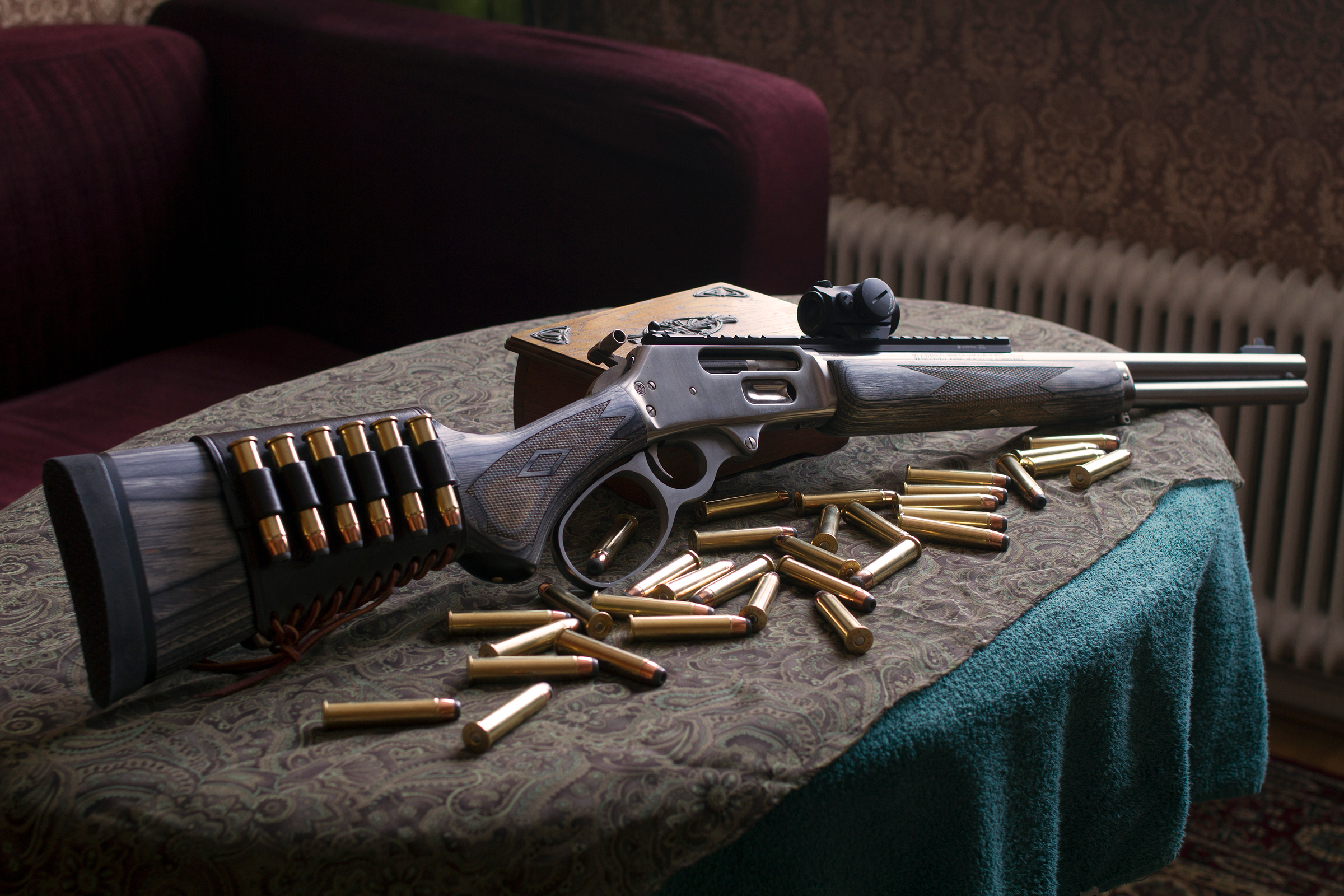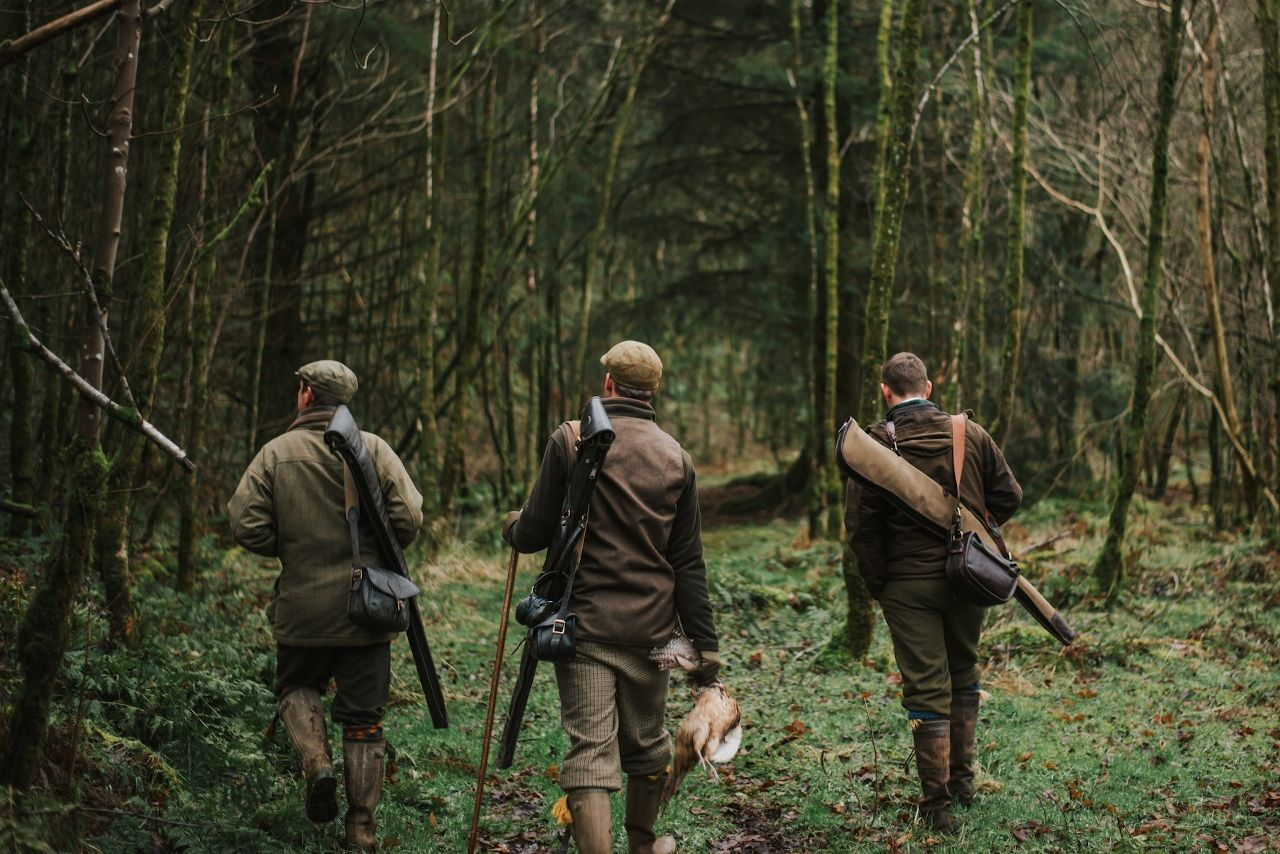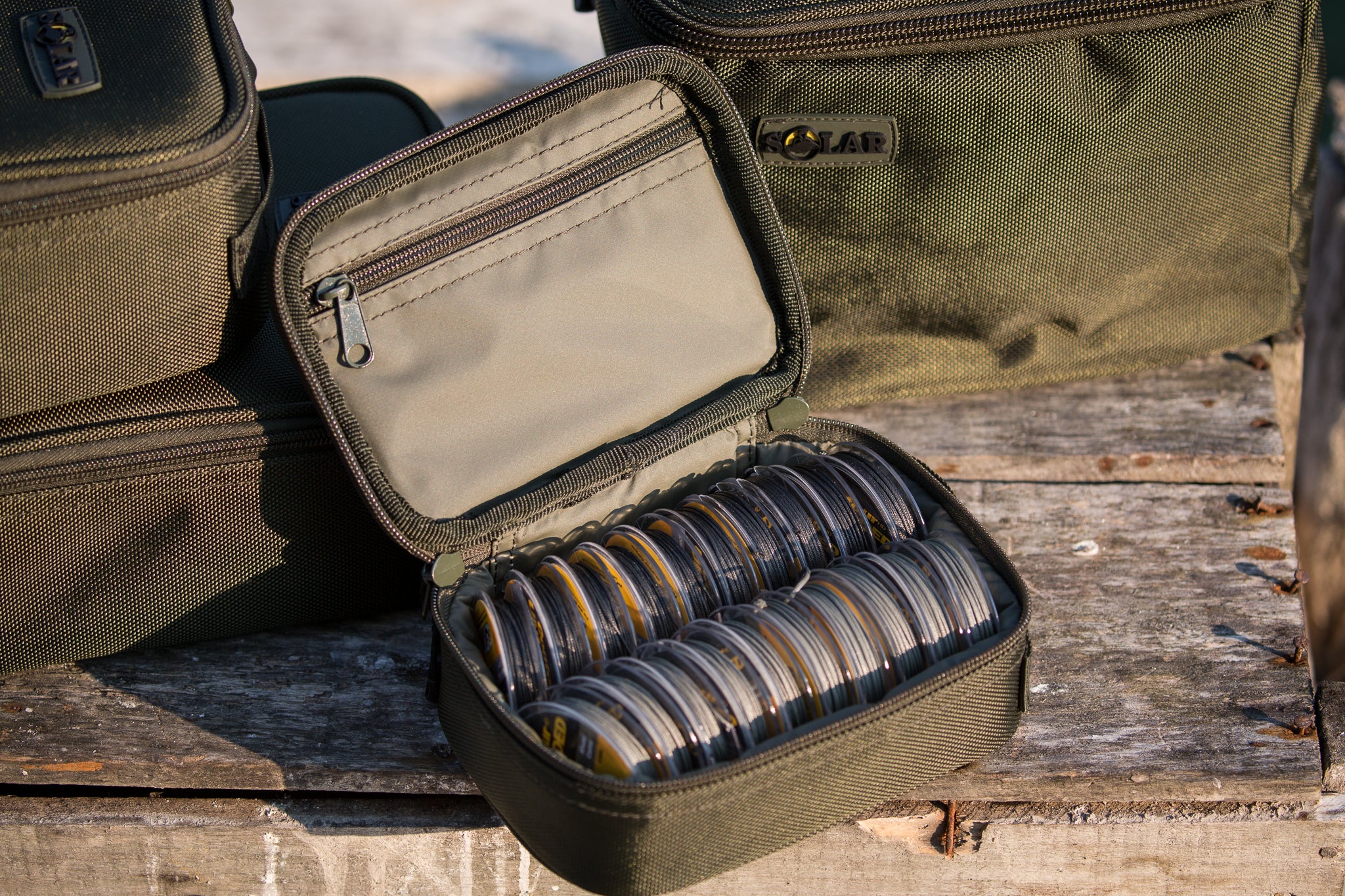How to Prevent Hunting Injuries With Proper Gear and Technique?
Hunting is both a sport and a tradition — it connects us with nature and requires focus, skill, and respect for safety. But every year, thousands of hunters suffer preventable injuries caused by poor preparation, lack of awareness, or improper equipment.
The good news? With the right gear, techniques, and mindset, you can drastically reduce risks and ensure a safer hunting experience. Here’s how.
How to Prevent Hunting Injuries With Proper Gear and Technique?
1. Wear the Right Protective Gear
The right gear isn’t just about comfort — it’s about safety:
-
Eye protection: Safety glasses shield against ricochets, debris, and branches.
-
Hearing protection: Earplugs or electronic earmuffs prevent long-term hearing loss from repeated gunfire.
-
High-visibility clothing: Blaze orange or reflective vests make you easily visible to other hunters.
-
Proper footwear: Insulated, waterproof boots with ankle support reduce the risk of sprains and falls.
-
Gloves: Protect against cuts, cold, and gun recoil.
Tip: Invest in high-quality gear — cutting corners on safety equipment can lead to bigger costs later.

2. Use Firearms and Bows Safely
Most serious hunting accidents involve improper firearm handling. Follow these core rules:
-
Treat every firearm as loaded.
-
Always point the muzzle in a safe direction.
-
Keep your finger off the trigger until ready to shoot.
-
Identify your target and what’s beyond it before firing.
For bowhunters: Inspect your bowstring and limbs regularly to prevent misfires or breakage.
3. Prevent Falls With Proper Tree Stand Safety
Falls from tree stands are among the most common hunting injuries. To stay safe:
-
Always use a safety harness (full-body harness, not just a belt).
-
Check straps and ladders before every climb.
-
Maintain three points of contact when climbing up or down.
-
Avoid drowsiness: Don’t hunt from a stand if you’re overly tired.
Pro tip: Carry a haul line for raising and lowering firearms or bows — never climb with them in hand.
4. Protect Yourself From Environmental Hazards
Nature itself can present risks if you’re not prepared:
-
Weather protection: Layered clothing keeps you safe from hypothermia or heatstroke.
-
Insect defense: Use repellent to prevent bites from ticks and mosquitoes that may carry disease.
-
Hydration: Carry water to avoid dehydration during long hunts.
-
Navigation tools: A map, compass, or GPS prevents getting lost in unfamiliar areas.

5. Handle Knives and Field Dressing Safely
Knives are essential for hunters but can cause injuries if misused:
-
Always cut away from your body.
-
Keep blades sharp — dull knives require more force and are more likely to slip.
-
Wear cut-resistant gloves when field dressing.
-
Use stable ground to work on, not your lap.
6. Train and Practice Proper Technique
Good technique prevents accidents as much as good gear:
-
Practice shooting: Familiarity with your firearm or bow improves accuracy and safety.
-
Learn safe carrying methods: Different terrains require different ways of carrying a firearm.
-
Maintain awareness: Always know where your hunting partners are.
-
Emergency preparedness: Take a basic first-aid course to handle potential injuries quickly.
7. Hunt Responsibly and Stay Alert
-
Never mix alcohol or drugs with hunting.
-
Take breaks — fatigue reduces reaction time and awareness.
-
Communicate plans with other hunters and let someone at home know your location.
-
Use radios or phones to stay connected when hunting in groups.
Final Thoughts
Preventing hunting injuries comes down to preparation, proper gear, and disciplined technique. From wearing protective equipment to handling firearms responsibly and practicing safe field skills, every precaution makes the experience safer and more enjoyable.
Hunting should always be about respect — for nature, for the game, and for your own safety.























